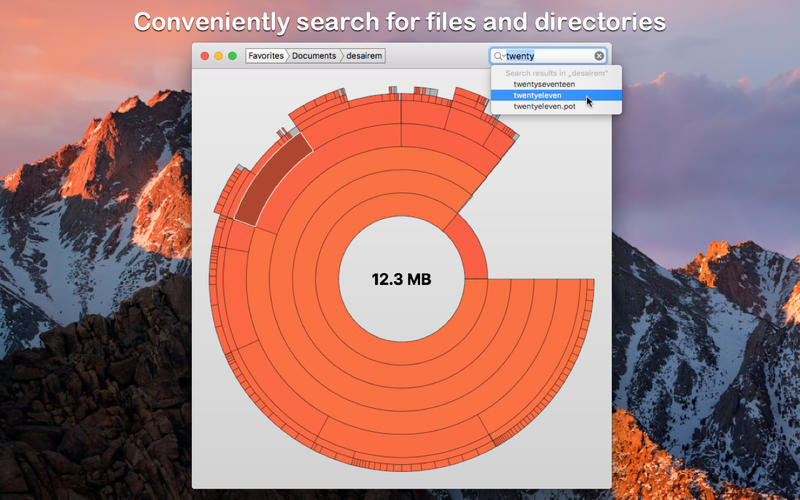
This smoothing behavior is important when you send this data to other systems-for example, alerts. Notice the variations at the bottom 1-minute chart and how they smooth out as you go to higher granularity values. Higher aggregations remove noise and smooth out spikes. The time granularity allows you to adjust the "signal-to-noise" ratio on a chart. Notice how this VM has a lot of output in a small time period relative to the rest of the time window. The charts look different for these summations as shown in the previous screenshots. That is, 60min/15min = 4 datapoints per hour x 24 hours.įor time granularity of 5 minutes, you get 24 x (60/5) = 288 points.įor time granularity of 1 minute (the smallest possible on the chart), you get 24 x 60/1 = 1440 points. If you switch the time granularity to 15 minutes, the chart is drawn from 96 aggregated data points. Each datapoint represents the sum of all network out bytes sent out during each of the relevant 30-min time periods.Ĭlick on the images in this section to see larger versions.The line chart connects 48 dots in the chart plot area.That is 24 hours x 2 datapoints per hour (60min/30min) aggregated 1-minute datapoints. The chart is drawn from 48 datapoints.The time range and granularity can be changed from the upper right of the chart as seen in the following screenshot.įor time granularity = 30 minutes and the time range = 24 hours: Max – the largest value captured over the aggregation interval.įor example, suppose a chart is showing the Network Out Total metric for a VM using the SUM aggregation over the last 24-hour time span.Min – the smallest value captured over the aggregation interval.For most metrics, this value is Sum/Count. Average – the average of the metric values captured over the aggregation interval.Count doesn't look at the value of the measurement, only the number of records. Count – the number of measurements captured over the aggregation interval.Sometimes referred to as the Total aggregation. Sum – the sum of all values captured over the aggregation interval.Metrics explorer hides the aggregations that are irrelevant and cannot be used for a given metric. There are five basic aggregation types available in the metrics explorer. Once selected, the metric values that were captured during each time granularity interval are aggregated and placed onto the chart - one datapoint per interval. If you don’t make an explicit selection, the time granularity is automatically selected based on the currently selected time range. You select the size of the time granularity using the Metrics Explorer time picker panel. When you plot a chart, the values of the selected metrics are retrieved from the database and then separately aggregated based on the chosen time granularity (also known as time grain). In Azure, most metrics are stored in the Azure Metrics time-series database.
Average disk graph series#
Metrics are a series of values stored with a time-stamp. For example, taking an average of multiple values. Aggregate – The process of taking multiple input values and then using them to produce a single output value via the rules defined by the aggregation type.Aggregation type – A type of statistic calculated from multiple metric values.The time granularity value should be smaller than the selected time range to be useful, otherwise just one value is shown for the entire chart. Time granularity or time grain – The time period used to aggregate values together to allow display on a chart.Time range – The time period displayed on a chart.Time interval – The period of time between the gathering of two metric values.Time period – A generic period of time.Time-Series database - A database optimized for the storage and retrieval of data points all containing a value and a corresponding time-stamp.Metric value – A single measurement value gathered for a specific resource.

Viewing different aggregations on a chart requires that you understand how metrics explorer handles them. The default makes sense in the basic scenarios, but you can use different aggregations to gain more insights about the metric. When you add a metric to a chart, metrics explorer automatically pre-selects its default aggregation. This is a complex topic and not necessary to understand all the information in this article to use Azure Monitor metrics effectively. This article also applies to standard Application Insights metrics. This article explains the aggregation of metrics in the Azure Monitor time-series database that back Azure Monitor platform metrics and custom metrics.


 0 kommentar(er)
0 kommentar(er)
